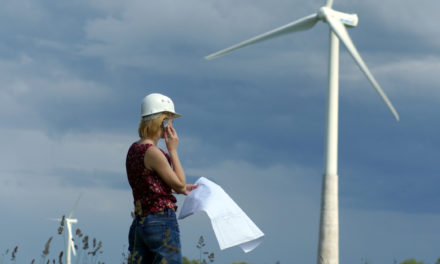
The Ocean: An Overlooked Solution to Climate Change?
Roughly half of the Earth’s oxygen production comes from the ocean, primarily from plankton that live on the ocean’s surface. Plankton creates all this oxygen by pulling carbon dioxide (CO2) from the air—the prime contributor of global warming. So, why is it then that among all the solutions put forth by climate scientists and politicians (e.g., planting trees, carbon capture, renewable energy), there is little attention paid to this critical source of carbon-to-oxygen conversion?
To view the full article please register below:
The Ocean: An Overlooked Solution to Climate Change?
Roughly half of the Earth’s oxygen production comes from the ocean, primarily from plankton that live on the ocean’s surface. The smallest of these photosynthetic organisms produces up to 20% of the earth’s oxygen, more than all the tropical rainforests combined.1
Plankton creates all this oxygen by pulling carbon dioxide (CO2) from the air—the prime contributor of global warming. So, why is it then that among all the solutions put forth by climate scientists and politicians (e.g., planting trees, carbon capture, renewable energy), there is little attention paid to this critical source of carbon-to-oxygen conversion?
Fertilizing Plankton to Absorb More Carbon
One small corner of the scientific community is looking into the viability of leveraging the ocean’s carbon absorption capability.
Iron, in addition to light and CO2, is critical to maximizing the full carbon-capturing potential of the oceans. Research has shown that when iron-rich ash from past volcanic eruptions has fallen on the ocean surface, it has triggered phytoplankton blooms large enough to see from outer space.
This observation inspired the idea of using iron to promote plankton production. One test run in 1993 on a 64 square kilometer patch of the Pacific Ocean saw that the amount of biomass doubled over a 10-day period after iron was introduced—a result supported by further tests which had similar results.
Leaving scientists with a central question: “Is it enough to combat climate change?”
One challenge, uncovered in a 2009 experiment, is that the carbon captured doesn’t sink into the deep sea; instead, it remained near the surface. Ideally, carbon that sinks to the deep sea is captured, if not permanently, for a very long time. Carbon that remains on the surface is likely to soon end up back in the atmosphere.
A more recent experiment in 2022 found that one way to address this challenge may lie in how we deliver the iron fertilizer. These scientists suggested that, rather than simply adding iron fertilizer to the surface, iron nanoparticles be coated with polymers to make them float on the surface. Then by lacing them with more dense particles like silica, the increased density of the plankton (a 1% increase in density is sufficient) would double their sinking speed.
More research is needed and the cost associated with this delivery idea is uncertain. Aside from its relative cost, the biggest hurdle may be that many scientists and environmentalists worry about the adverse impact iron fertilization could have on the ocean’s health.
Source:
Please reference disclosures at: https://blog.americanportfolios.com/disclosures/












